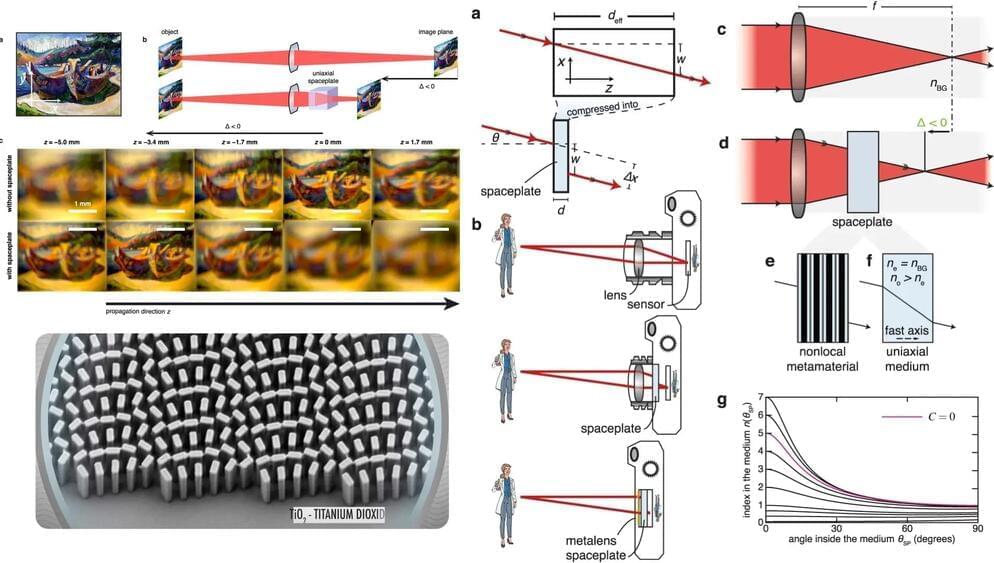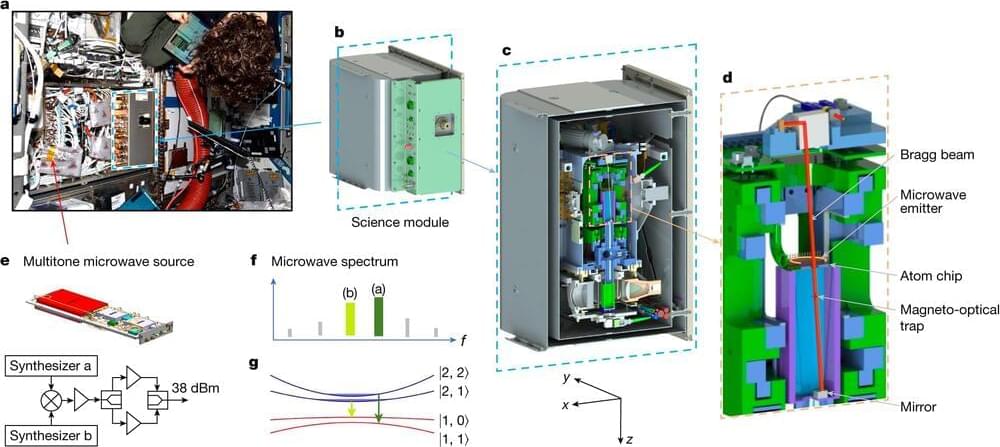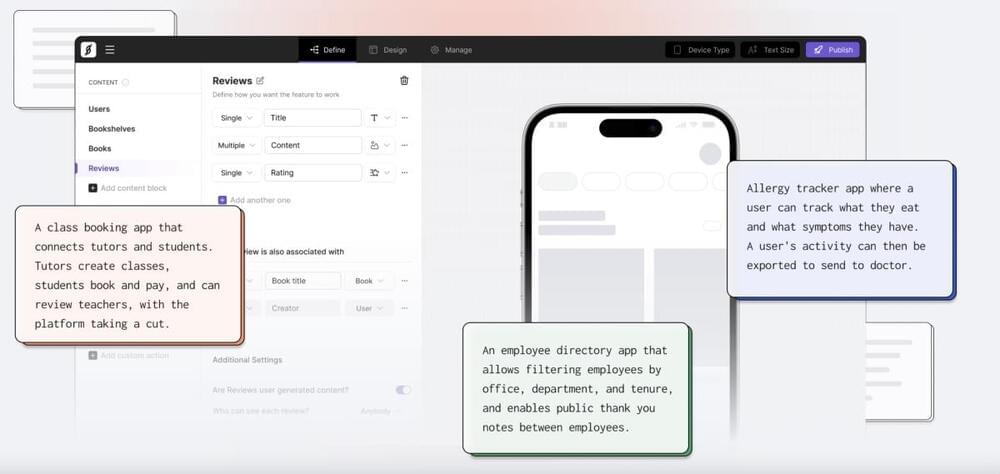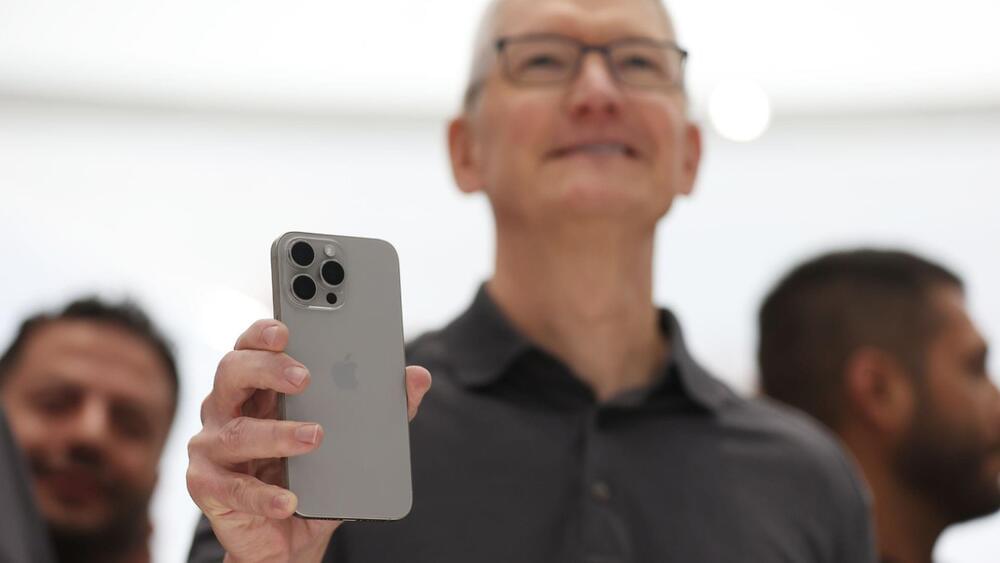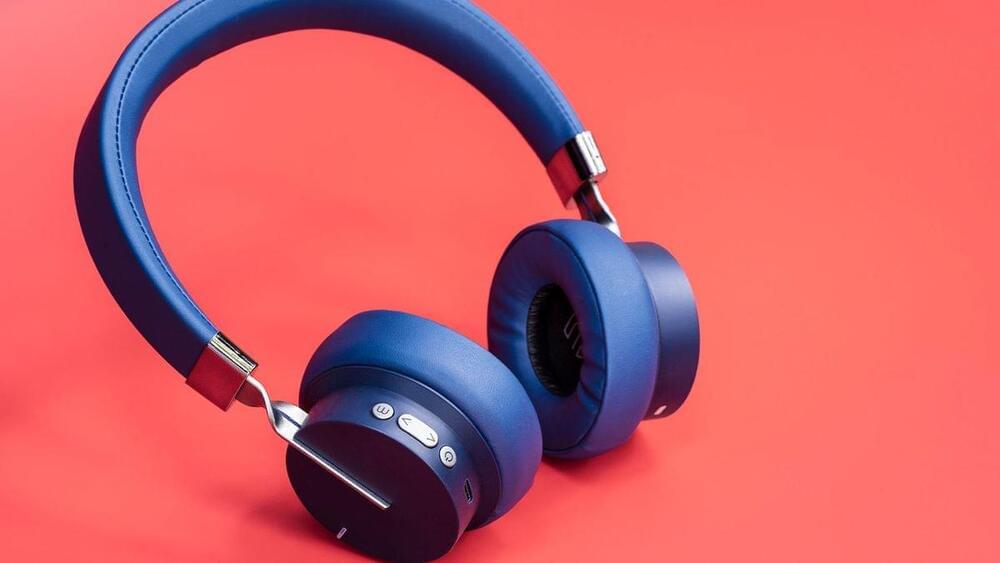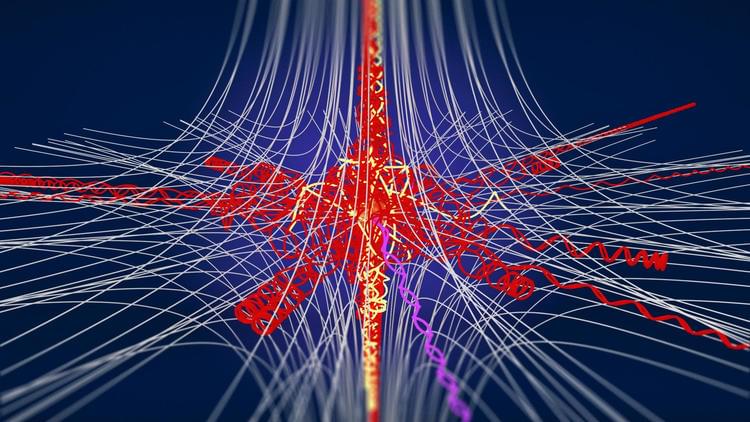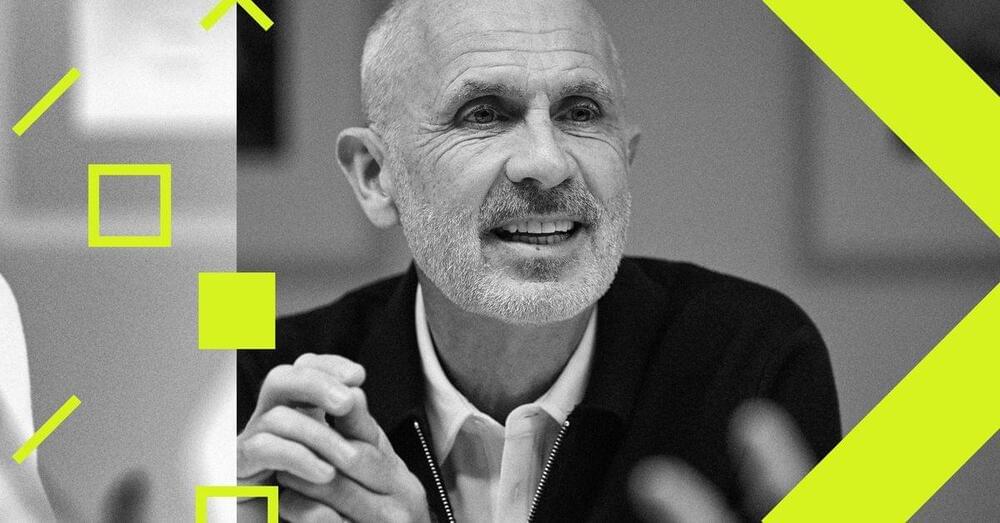Nov 25, 2023
The Hydraulic Telegraph Of Aeneas: A Telecommunication Used In Ancient Greece
Posted by Dan Breeden in categories: military, mobile phones
Telecommunication goes back a lot further than you might expect. While the word has become synonymous with television broadcasting and phone communication, it really describes any communication system over a distance, and could include smoke signals. These simple signals were used to convey messages from “the enemy is approaching” to the fact that a whale has beached itself and can be butchered for meat.
While some ancient cultures varied smoke colors to convey further information, there’s only so much you can get across with a big fire. One particularly cool ancient version of telecommunication, which aimed to convey more precise meanings, was the hydraulic telegraph, used in Ancient Greece in around 350 BCE.
Continue reading “The Hydraulic Telegraph Of Aeneas: A Telecommunication Used In Ancient Greece” »

